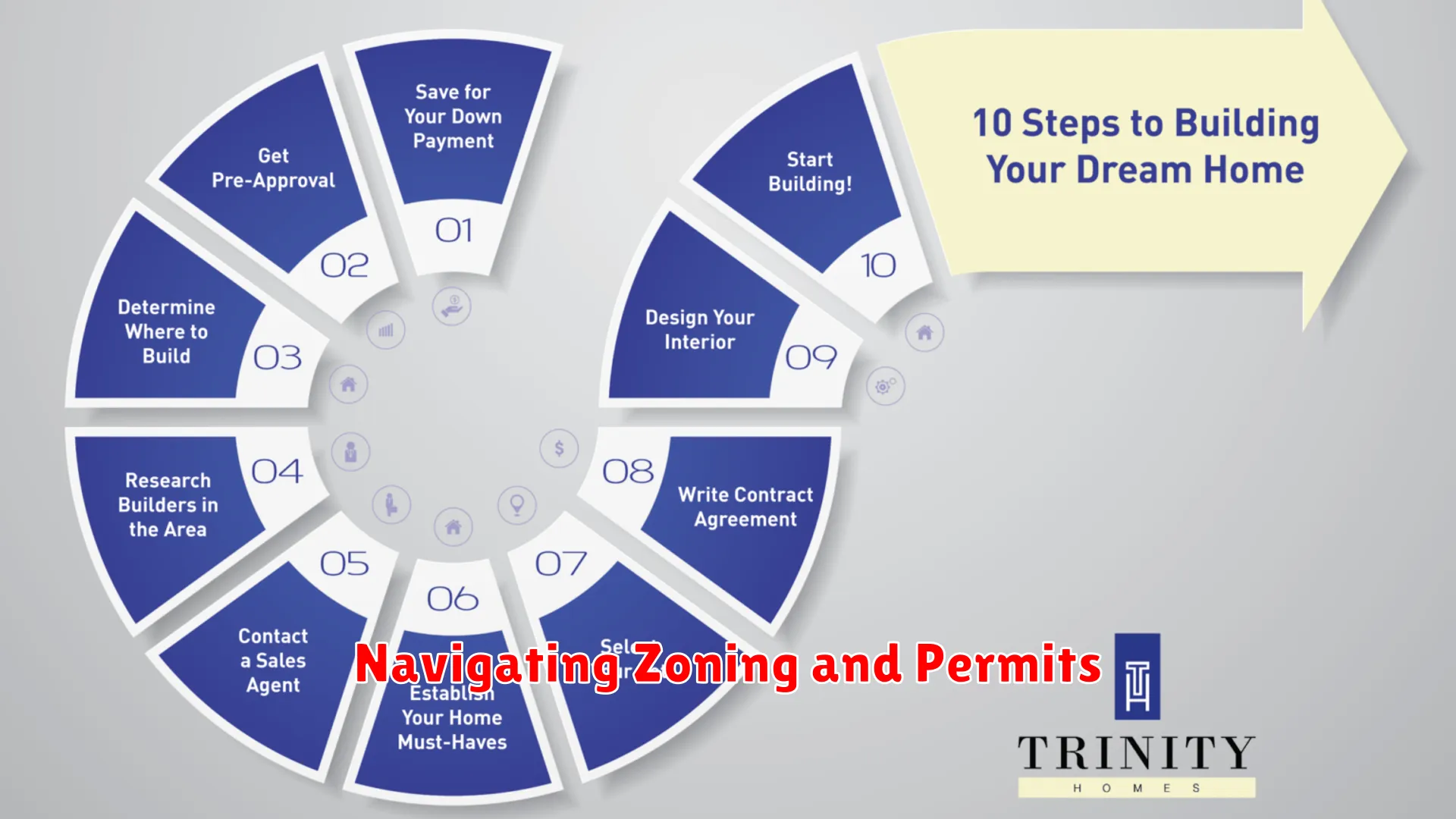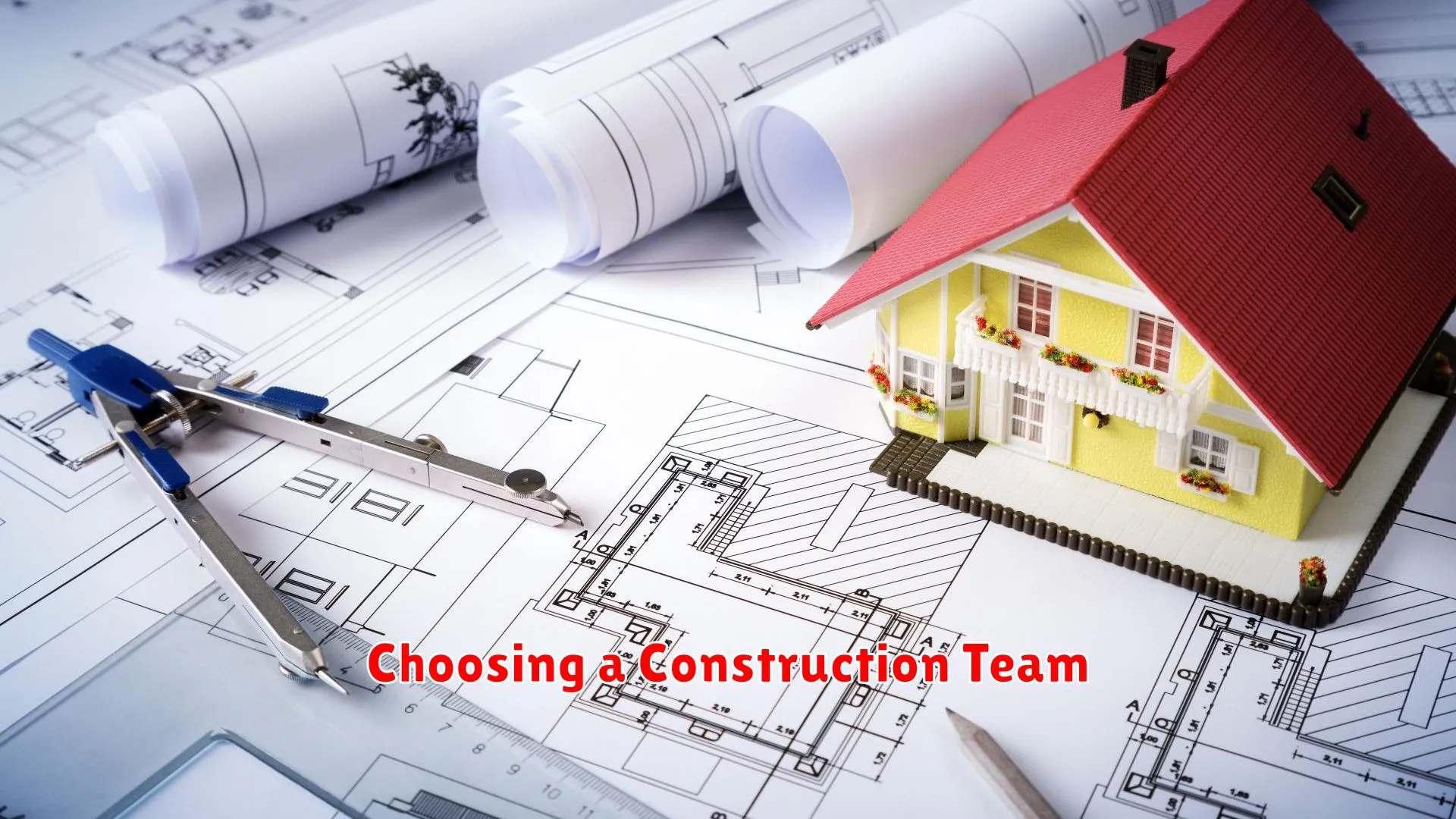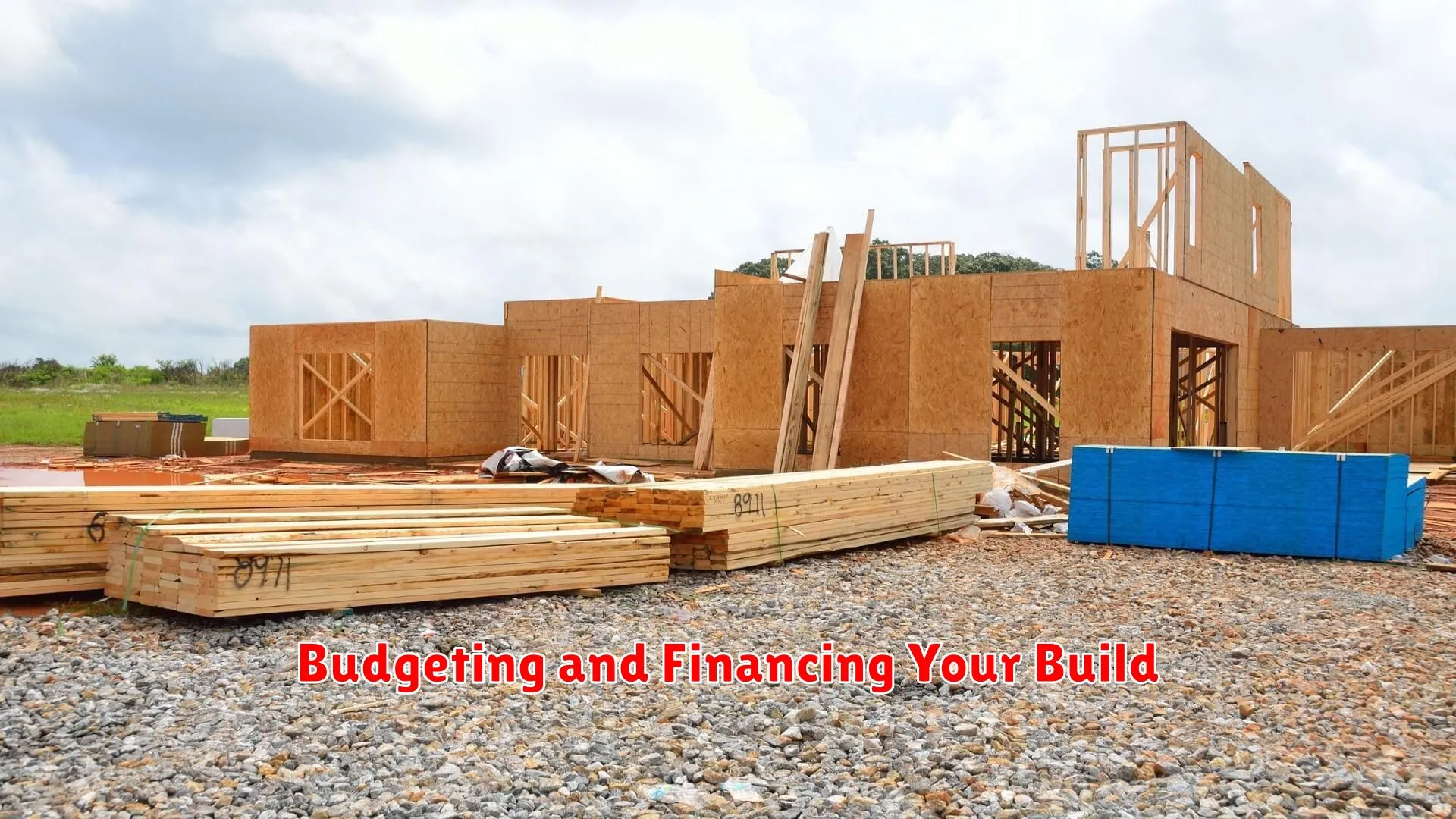Embark on a journey to realize your dream home; from selecting the perfect plot of land to overseeing the construction phase. Explore the essential steps and considerations in the exciting process of building your dream home.
Selecting the Perfect Plot

When building your dream home, one of the most crucial steps is selecting the perfect plot of land to turn your vision into reality. Here are some key factors to consider in this important decision-making process:
Location, Location, Location
The first aspect to evaluate is the location of the land. Consider factors such as proximity to essential amenities like schools, hospitals, supermarkets, and recreational facilities. A convenient location can enhance your quality of life and the property’s resale value in the future.
Topography and Soil Quality
Assess the topography of the land to determine if it is suitable for your desired type of construction. Flat land might be ideal for straightforward building projects, while sloped terrain could offer stunning views but may require additional foundation work. Additionally, test the soil quality to ensure it can support the structure you plan to build.
Zoning Regulations and Permits
Before finalizing your land purchase, familiarize yourself with local zoning regulations and building codes. Make sure the plot is zoned for residential construction and that you obtain all necessary permits before starting the building process. Compliance with regulations is essential to avoid costly legal issues down the road.
Budget Considerations
Set a clear budget for both the land purchase and construction costs. Factor in expenses for site preparation, utilities connection, landscaping, and any potential unforeseen costs that may arise during the building phase. Ensure that the total cost aligns with your financial capacity to avoid overextending yourself.

When building your dream home from purchasing the land to the construction phase, one crucial aspect to consider is navigating through zoning regulations and obtaining the necessary permits. Zoning laws dictate what can be built where, while permits ensure that your construction complies with safety and building codes set by local authorities.
Zoning Regulations: Before starting any construction, it’s essential to understand the zoning regulations in the area where you plan to build. Municipalities designate different zones for residential, commercial, or mixed-use purposes. Make sure your intended property is zoned for residential construction and meets the requirements for the type of home you want to build.
Permit Process: Obtaining permits is a critical step in the building process. You will need various permits, such as building permits, electrical permits, plumbing permits, etc. These permits ensure that your home is constructed safely and meets all the necessary codes. Failure to obtain permits can lead to fines, delays, or even having to tear down unauthorized construction.
Working with Professionals: Dealing with zoning regulations and permits can be complex. Consider working with architects, engineers, or construction professionals who have experience in navigating these processes. They can help you understand the requirements, prepare the necessary documentation, and submit permit applications on your behalf.
Designing Your Home with an Architect

When it comes to building your dream home, collaborating with an architect is a crucial step in the process. Architects bring creativity, expertise, and a holistic approach to the table, ensuring that your vision for your dream home is not only realized but surpassed. Here are some key points to consider when designing your home with an architect:
1. Conceptualization and Blueprinting
Working closely with an architect allows you to translate your ideas into concrete plans. From understanding your style preferences to incorporating practical needs, the architect will help create a customized blueprint that outlines every detail of your future home.
2. Maximizing Space and Functionality
An architect’s expertise lies in optimizing space while maintaining functionality and aesthetics. They will strategize on how to make the best use of every square foot, ensuring that your dream home not only looks beautiful but also serves your needs efficiently.
3. Establishing a Collaborative Relationship
Collaboration is key in the architectural process. By communicating openly with your architect, you can fine-tune designs and make necessary adjustments along the way. This collaborative effort ensures that the final result aligns perfectly with your vision.
4. Embracing Innovation and Sustainability
Architects today focus on innovative and sustainable design practices. They can incorporate energy-efficient solutions, eco-friendly materials, and smart technologies to create a home that is not only aesthetically pleasing but also environmentally conscious.
Choosing a Construction Team

When building your dream home, one of the most crucial decisions you will make is selecting the right construction team. Your construction team will be responsible for turning your vision into reality, so it’s important to choose wisely. Here are some key factors to consider when choosing a construction team:
- Experience and Expertise: Look for a construction team with a proven track record of successful projects similar to yours. Experience can make a significant difference in the quality and efficiency of your home construction.
- Reputation: Research the reputation of the construction team by reading reviews, asking for references, and checking their portfolio. A reputable team is more likely to deliver exceptional results.
- Communication: Effective communication is essential throughout the construction process. Choose a team that is responsive, transparent, and willing to listen to your ideas and concerns.
- Cost and Budget: While cost is a significant factor, it’s essential to consider the overall value provided by the construction team. Balance affordability with quality to ensure a successful build within your budget.
- Timeline: Discuss the construction timeline with the team and ensure they can meet your deadlines. A reliable team will provide you with a realistic schedule and keep you updated on the progress.
- Licenses and Insurance: Verify that the construction team has the necessary licenses, certifications, and insurance coverage to protect you and your investment in case of any unforeseen circumstances.
By carefully evaluating these factors and conducting thorough research, you can select a construction team that aligns with your vision and goals for building your dream home.
Budgeting and Financing Your Build

When it comes to building your dream home, one of the crucial aspects that require careful planning is budgeting and financing. From the initial purchase of land to the final stages of construction, managing your finances effectively is key to ensuring a successful and stress-free building process.
1. Determine Your Budget: Before embarking on your homebuilding journey, it is essential to establish a realistic budget. Consider factors such as the cost of the land, design and construction expenses, permits, and potential unexpected costs. Having a clear budget will guide you throughout the project and help prevent overspending.
2. Explore Financing Options: Once you have a budget in place, it’s time to explore financing options to fund your project. This may include savings, loans, or mortgages. Compare interest rates, loan terms, and repayment options to choose the most suitable financing method for your situation.
3. Allocate Funds Wisely: Proper allocation of funds is critical during the building process. Keep track of expenses, prioritize essential aspects such as structural integrity and safety, and allocate funds for potential changes or upgrades along the way. Be mindful of your budget limitations to avoid financial strain.
4. Plan for Contingencies: Building projects often come with unforeseen challenges or additional costs. It’s wise to set aside a contingency fund to address unexpected expenses that may arise during construction. Having a buffer will help you handle emergencies without jeopardizing the progress of your dream home.
5. Seek Professional Guidance: If navigating the financial aspects of homebuilding seems daunting, don’t hesitate to seek advice from financial advisors or homebuilding professionals. They can provide valuable insights, help you understand the financial implications of your decisions, and assist in developing a sound budgeting and financing plan.
Conclusion
From selecting the perfect land to seeing your dream home stand tall, each step in the building process is crucial in creating a home that reflects your vision and personality.




